For nearly a century, The Astoria has woven its own distinct musical heritage along the banks of the river Thames, just southwest of London. With its lush and leafy surroundings, highly reminiscent of what one might imagine in Kenneth Graham's The Wind in the Willows, the 90-foot houseboat has achieved near mythical status. The Edwardian-style boat, built in 1911 by the finest craftsmen available, has been synonymous with an elite, musically inspired clan of entertainers, musicians and producers spanning multiple generations. Fred Karno, a famous music hall impresario who managed the likes of Charlie Chaplin and Laurel and Hardy, was the vessel's original owner. When he had it built, Karno described it as "...rather an elaborate affair, with mahogany paneling and state-rooms for guests. At night it was lit up with festoons of coloured lights...".
Throughout the years, The Astoria was the site of many elaborate banquets and gatherings, whose guests were often entertained by "special amplified orchestras". From 1926 to 1950 it was owned by Vesta Victoria, and then by Sir James Greenwood, who commissioned an orchestra to perform on the Astoria's deck to an audience of over 2,000 moored in small boats and on the far river bank, beneath a grand display of fireworks. In 1986, David Gilmour of Pink Floyd acquired the vessel with the intention of using it as sanctuary for his own composing and recording.
The grounds of The Astoria, named after the famous 18th-century Shakespearean actor David Garrick who is credited with helping bring the bard's dramatic genius to the masses, cover one-third of an acre and are breathtaking in their natural beauty. One enters through an ornate tunnel, designed by Lancelot "Capability" Brown. Capability Brown also designed the gardens at nearby Blenheim Palace and Windsor Castle.
For almost two decades, Phil Taylor has been the steward and driving force behind the current iteration of Astoria, which is now one of the most technologically advanced recording studios in the world; it is exceptionally unique. Its idyllic ambience is matched only by its technologically superior, hi-fidelity infrastructure. Taylor's own musical heritage includes having been Mr. Gilmour's right-hand man and guitar tech since 1974. He has also handled Pink Floyd's back-line for their live shows since that time.
One summer afternoon, I had the privilege of meeting with Phil, who, despite being charged with such a great responsibility, was very gracious with his time. With his easygoing character and down to earth nature, he struck me as someone who had clearly hit a rhythm in his career and successfully married his passion with his natural abilities.
How did you originally come across the Astoria? Why a boat?
The boat was five minutes away from David's house, and it was for sale. So just out of interest, we went and had a look at it. When we drove away from it having been shown around, David turned around and said, "What do you think?" to me, and I said, "Well, I think it's fantastic." Then he said to Warrick, a friend of his who used to be the Floyd's personal roadie, "What do you think?" "I think you've got to buy it!" David said, "Yeah, what are we going to do with it?" And it was almost one of those Spinal Tap moments. It seemed, for what it was, a very inexpensive, fabulous place. David thought that it would be a good place; conducive to being creative and writing music.
Before that, David had had different home studios, but was currently living in a house where there wasn't room for a studio and his equipment was in storage. We were bowled over by what a wonderful place it was; not only the boat, but the riverbank grounds and buildings.
What kind of shape was the boat in? It obviously wasn't in the pristine shape that it's in now?
It was in pretty good condition. It was a beautiful, furnished houseboat, with a caretaker living on board. David thought he could use it for songwriting; he didn't have anywhere else available. David's brief was to get his equipment out of storage and put it in the large end room while he was away for six weeks in the summer. When he got back, we'd start doing some work. Well, having worked for the band for a while at that time, I thought, if I do that, they're going to want to change it, and I could see how it would work out better. I took it upon myself to change the plan somewhat. I converted the next room along, the master bedroom, into a machine room, where we put power amplifiers, all the tape machines, camera supplies and that sort of stuff. And I converted the room at the other end of the boat so it could be used as a live room if required, running mic lines, red lights, foldback, CCTV, etc. And then I had air conditioning systems put in the machine room and control room. The control room I had secondarily glazed. We had an old Soundcraft 2400 desk from David's old home studio. It was all right, but pretty noisy; too noisy, in my opinion, to put into a new place. I phoned David in Greece, and said "I want to change this desk to a DDA AMR 24 I've got a great deal, and a really good price." David was of course very reluctant over the phone to change the desk as he was very hands-on and knew how it worked. I assured him that the layout was fairly similar but it was actually much quieter with a cleaner signal path. So he said, "Okay." I had Nick [Whittaker] in to do some acoustic tests and design work for the room. I had to get it completed before David came back six weeks later. The logistics were unusual; I had to get a crane barge and a tug to get both the tape machines in through a window opening in to the master bedroom on the far side of the boat and the air conditioning unit for the control room on to the roof. The last two days of construction, I think I just stayed there, having barely slept at all, trying to get 20 workmen out of there who had been doing the whole installation getting in each other's way in a fairly confined space with desk installation, wiring, electric, woodwork, glazing, air con, CCTV, decorating, etc., with the floors up and all going on at the same time and I had to get the place finished and running to be ready for use. [laughs]
Did David know the scope of what you were trying to achieve while he...
The rest of this article is only available with a Basic or Premium subscription, or by purchasing back issue #46. For an upcoming year's free subscription, and our current issue on PDF...
Or Learn More
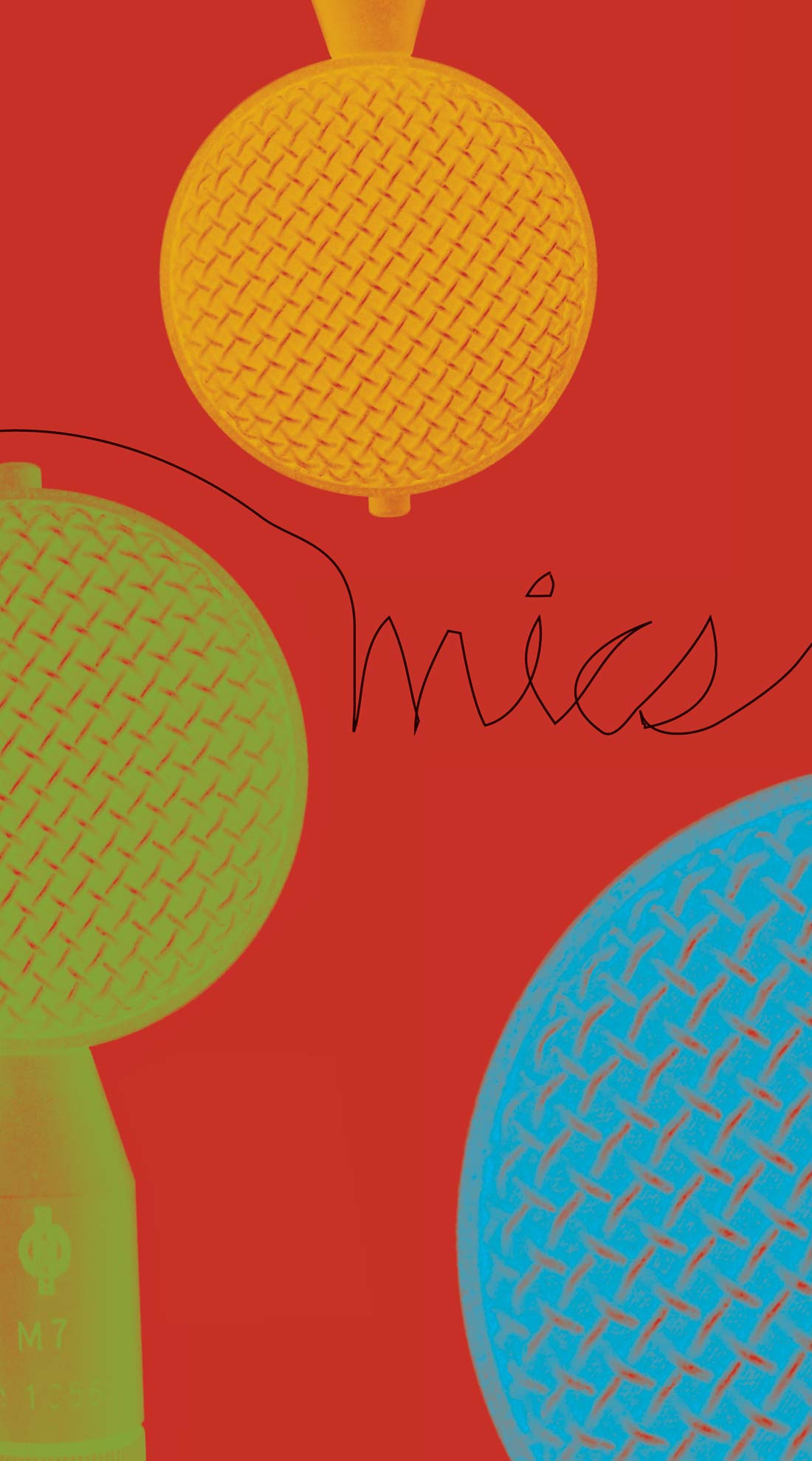

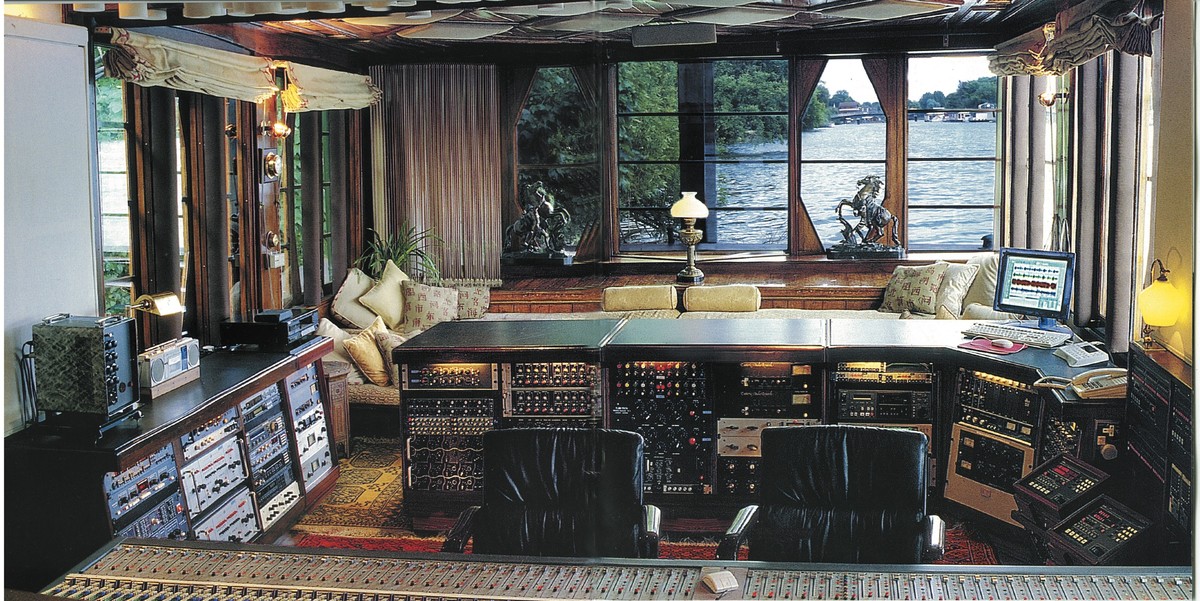
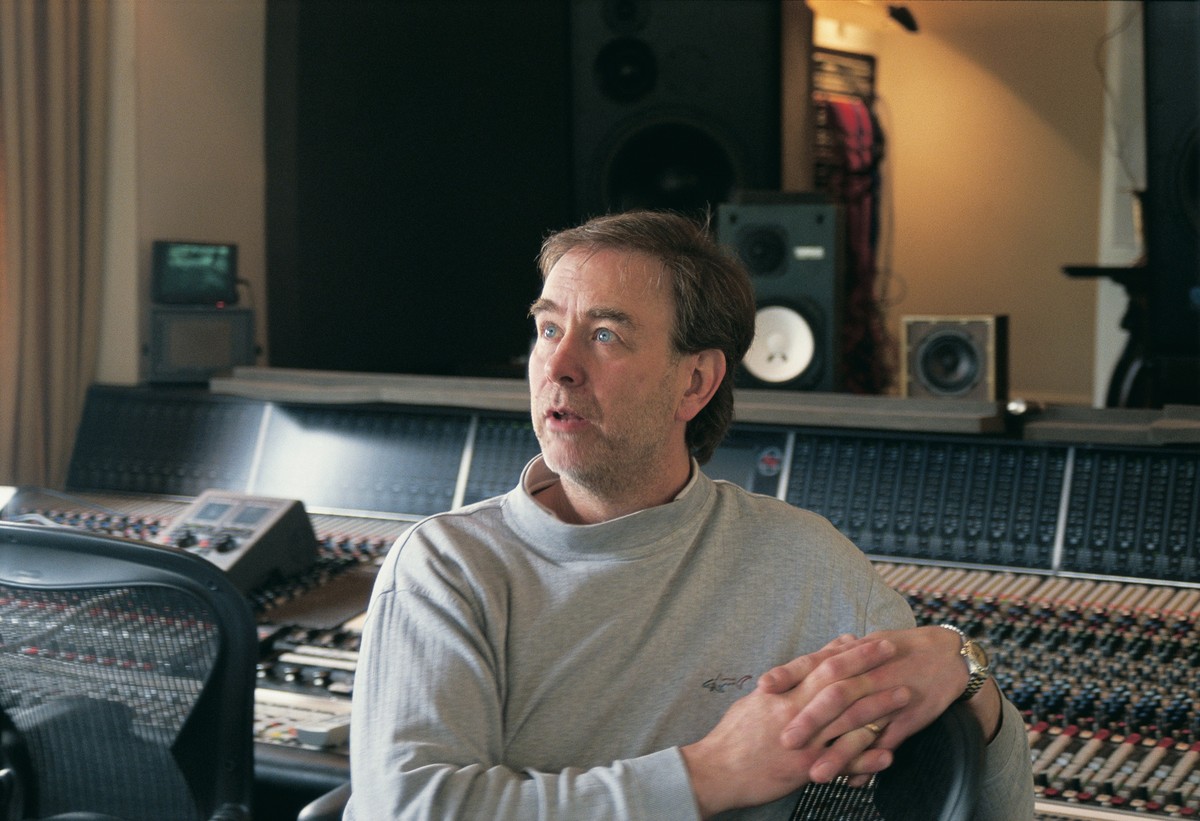
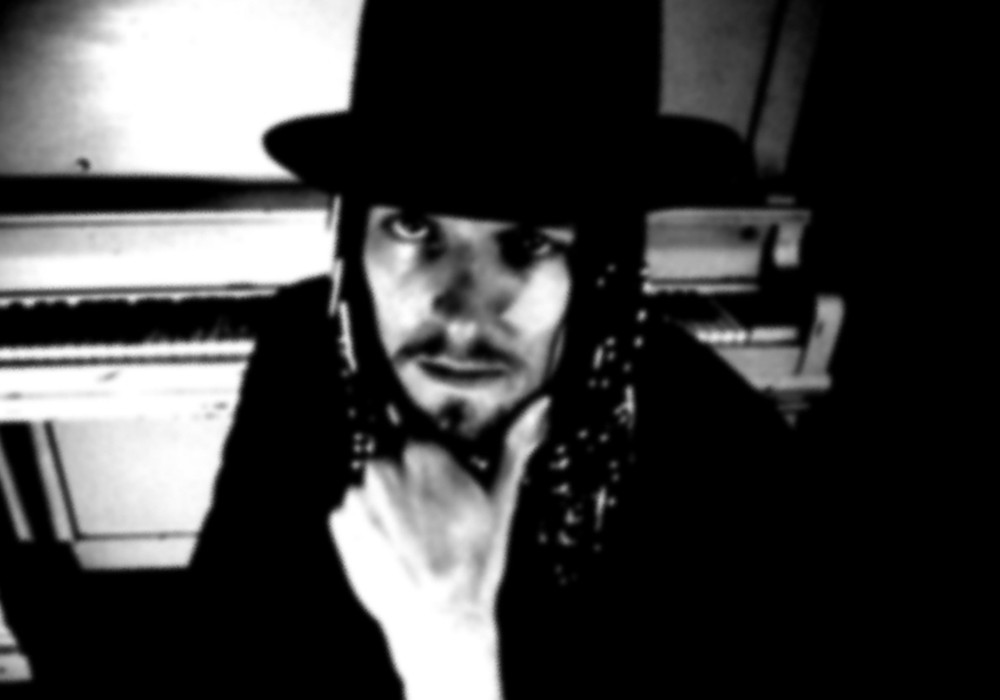
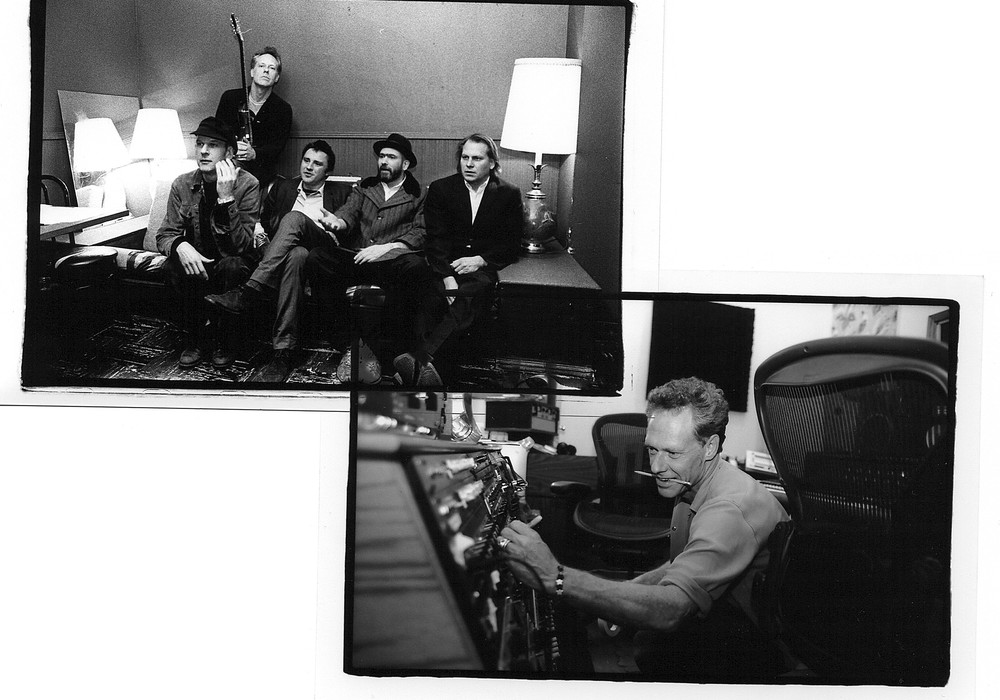
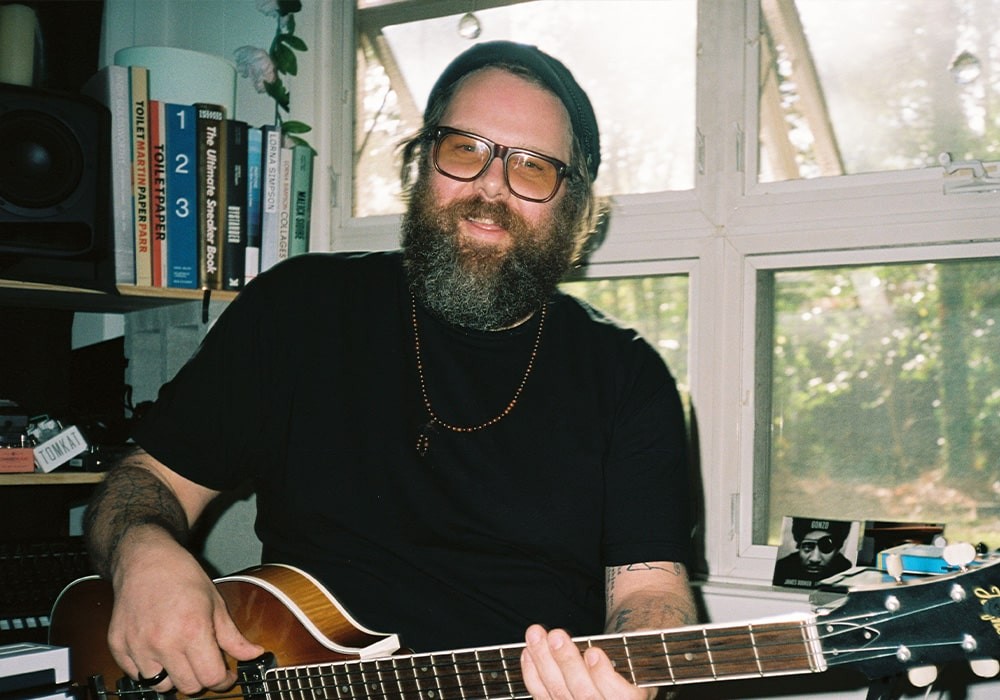
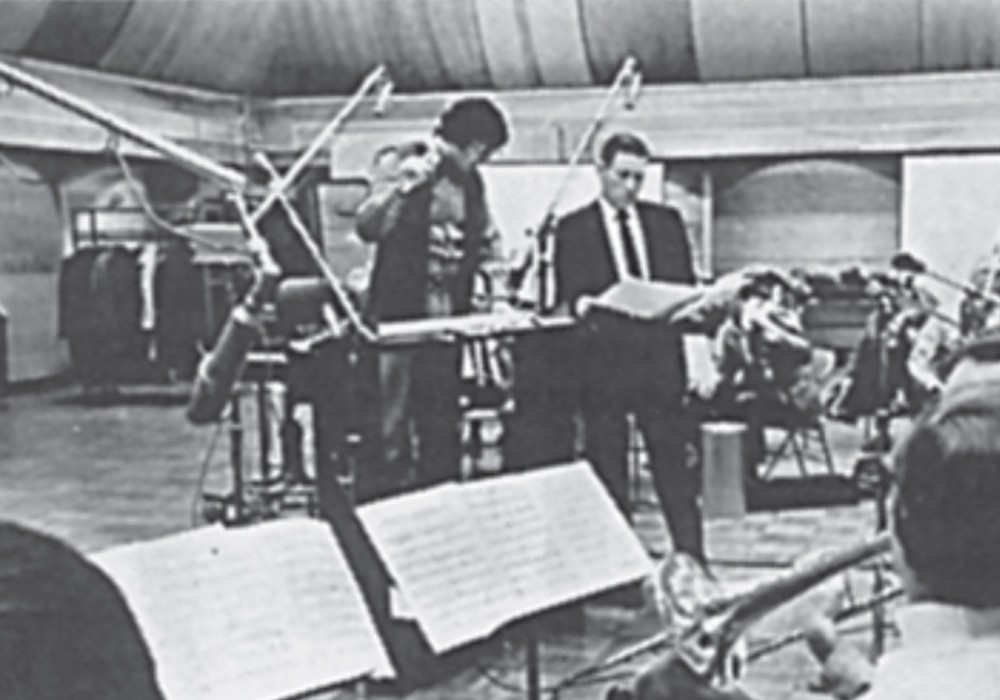

_display_horizontal.jpg)